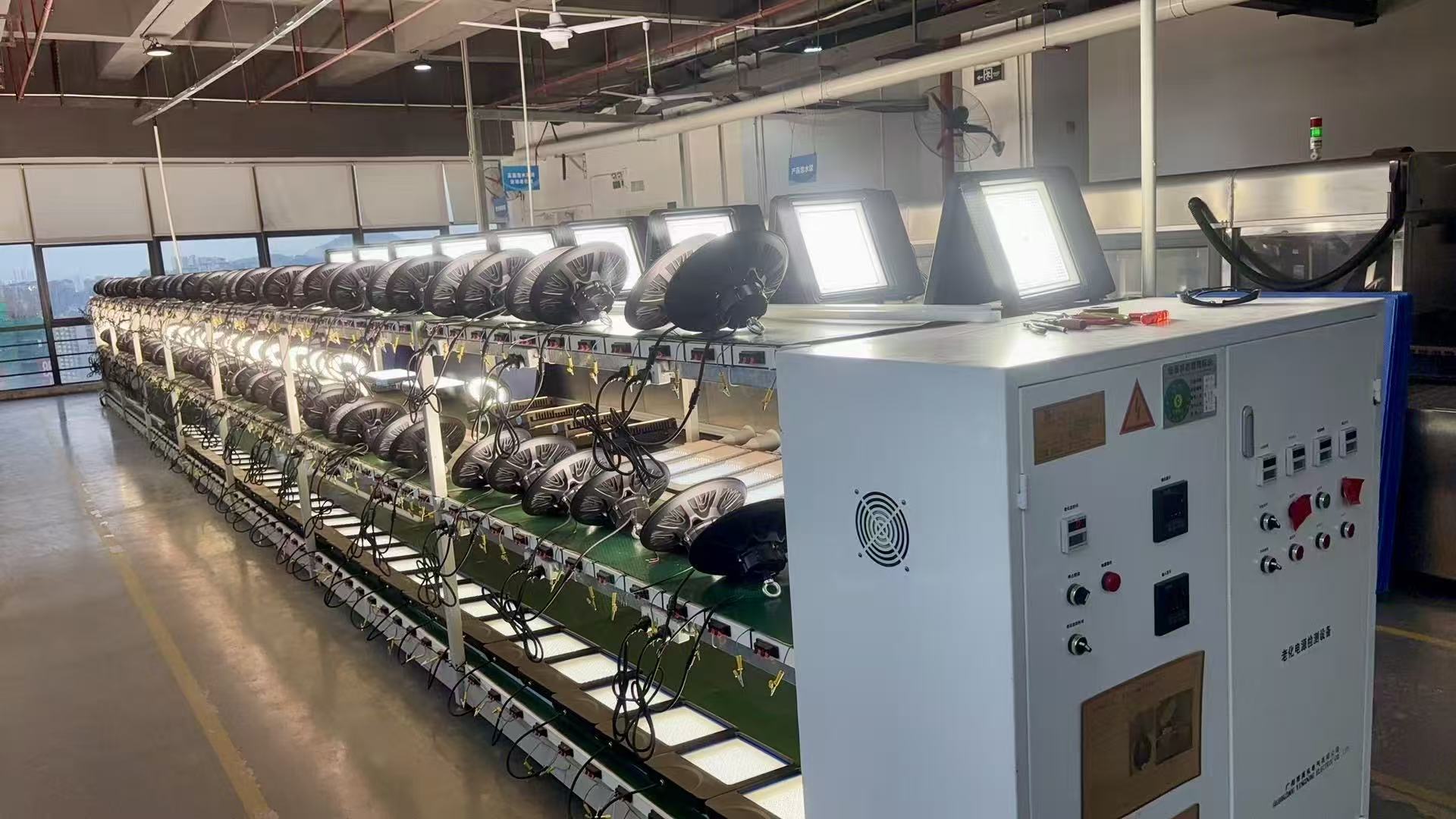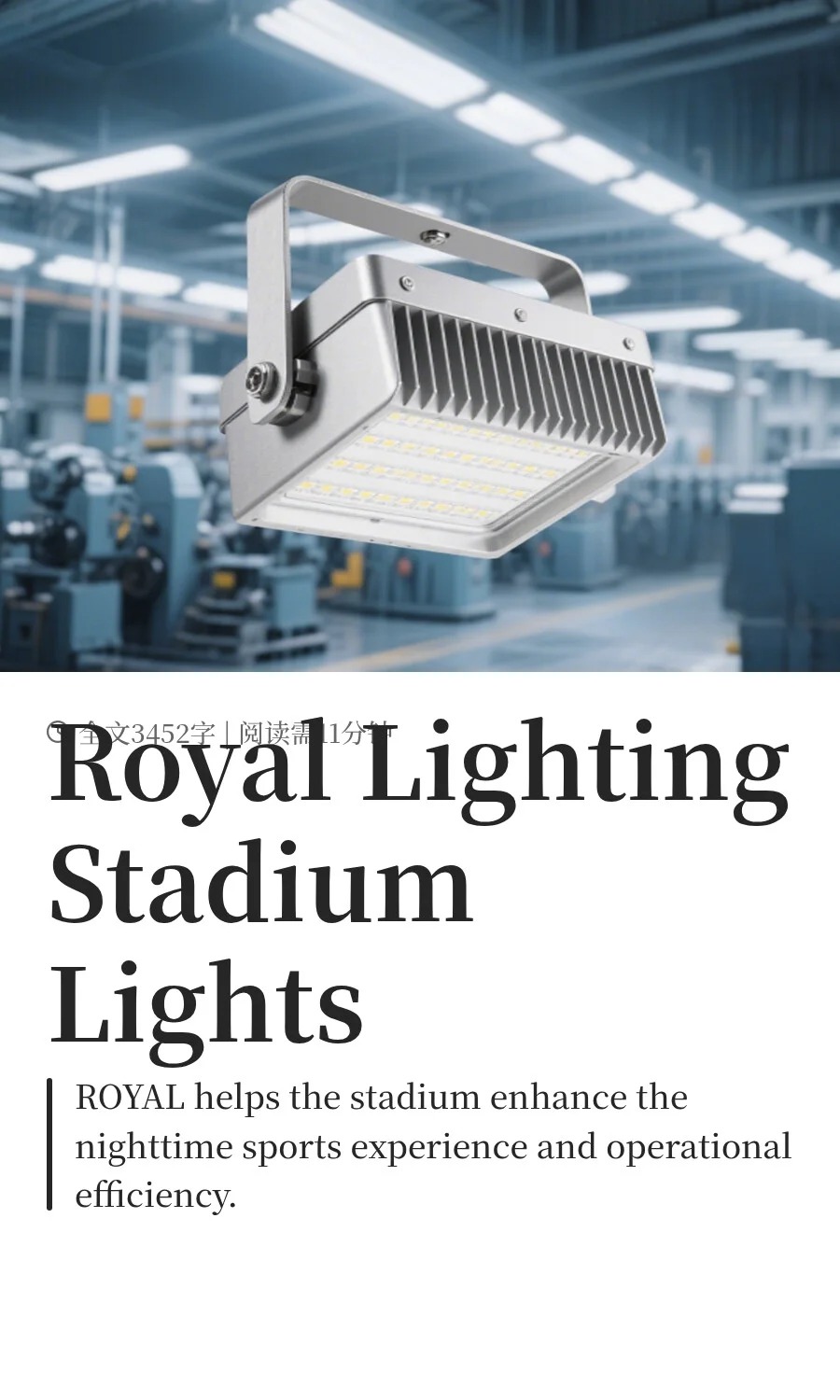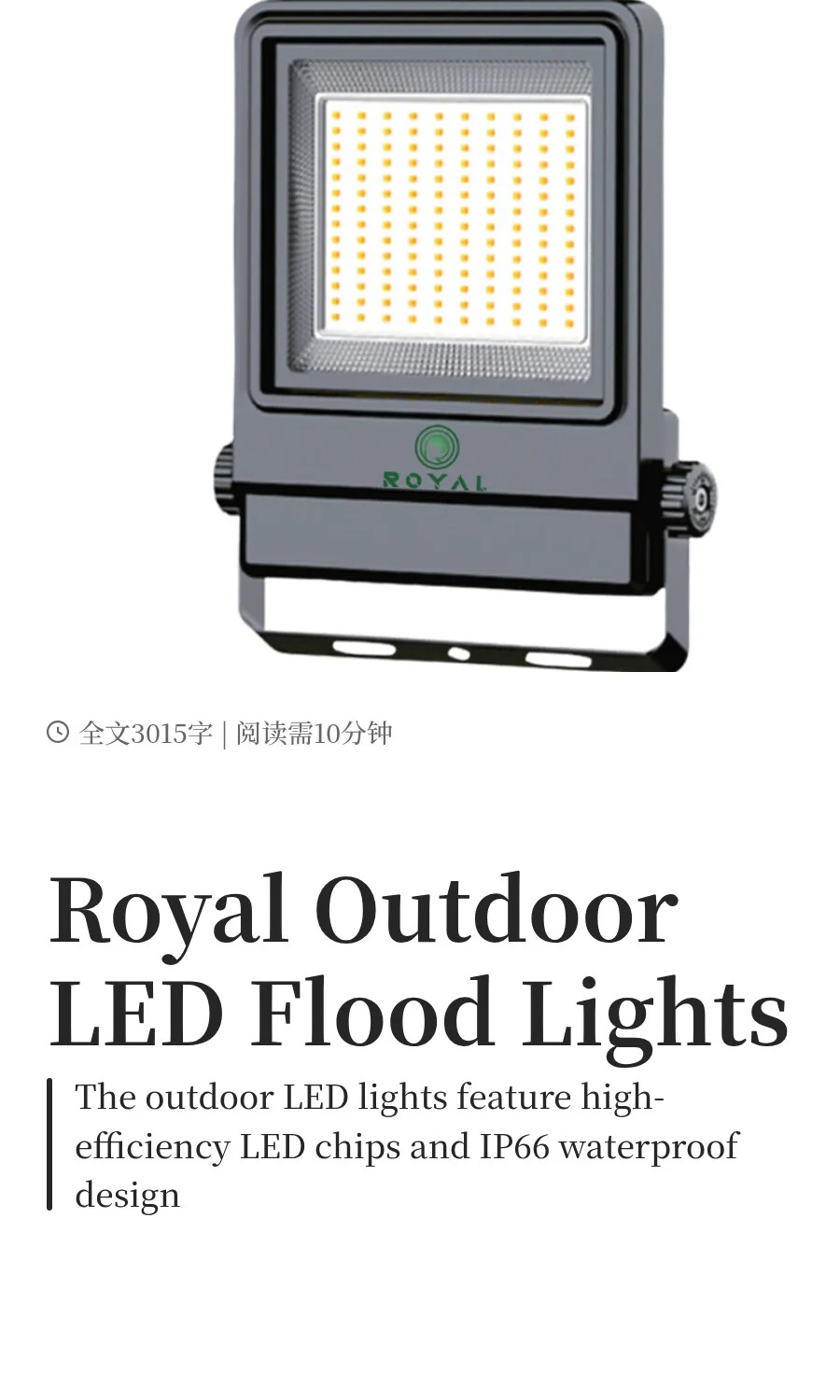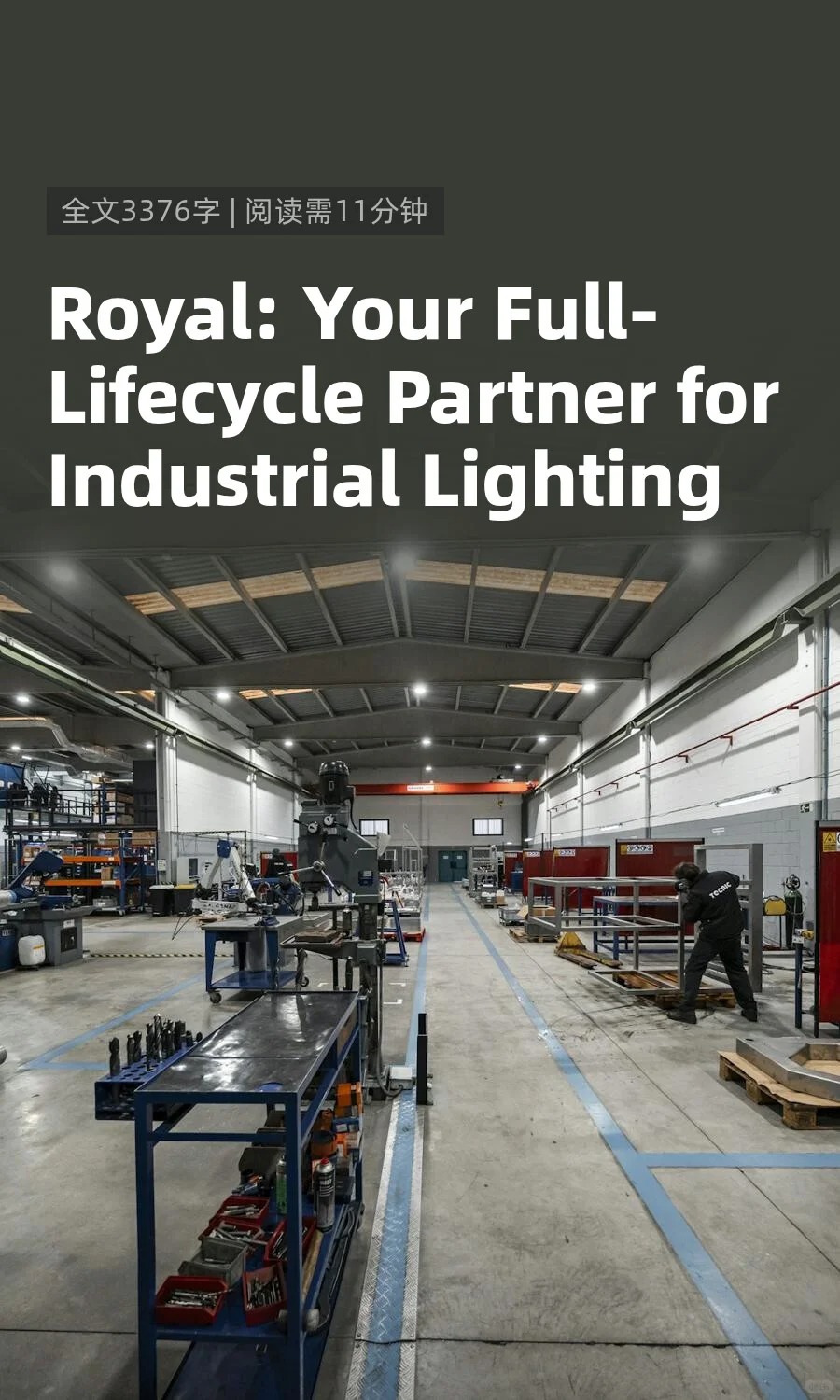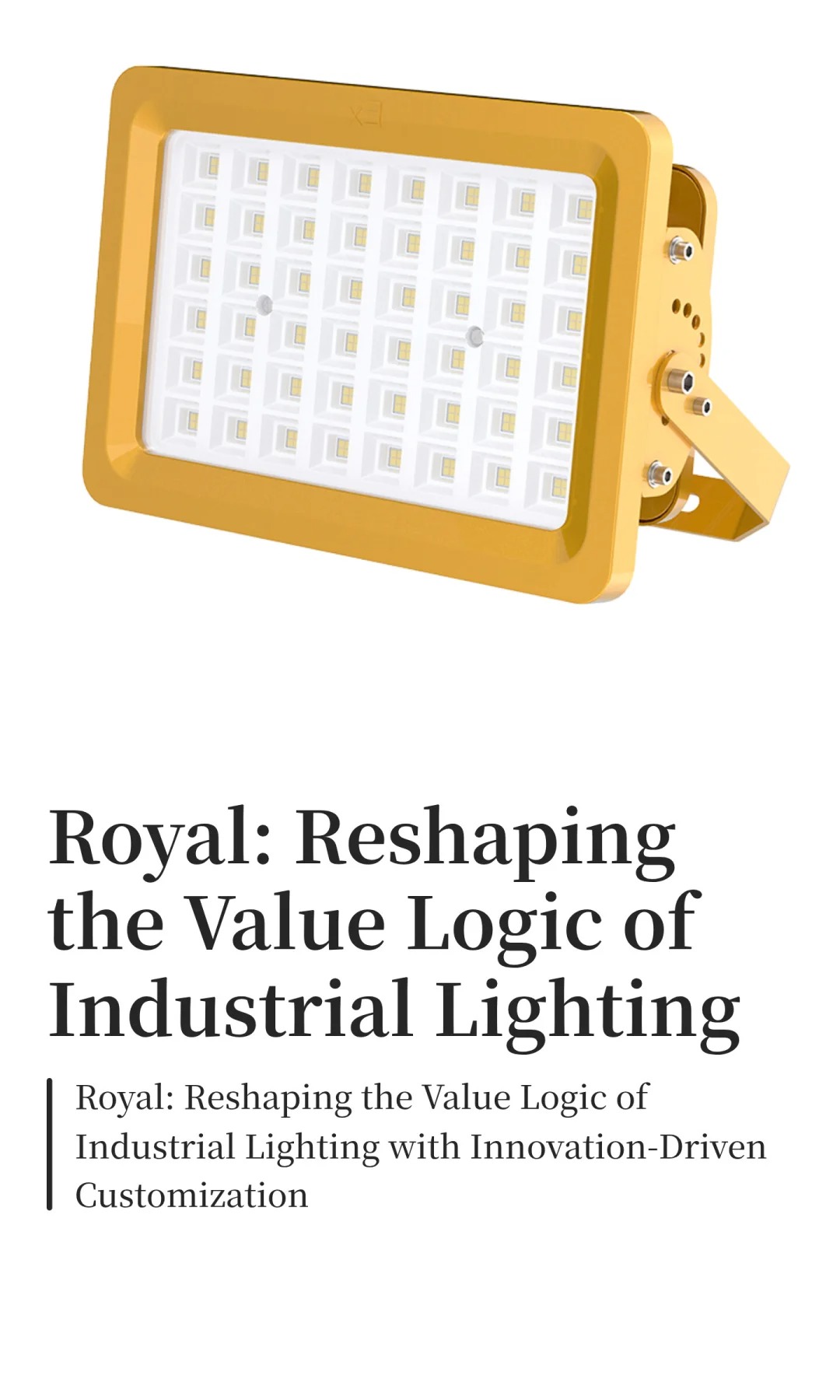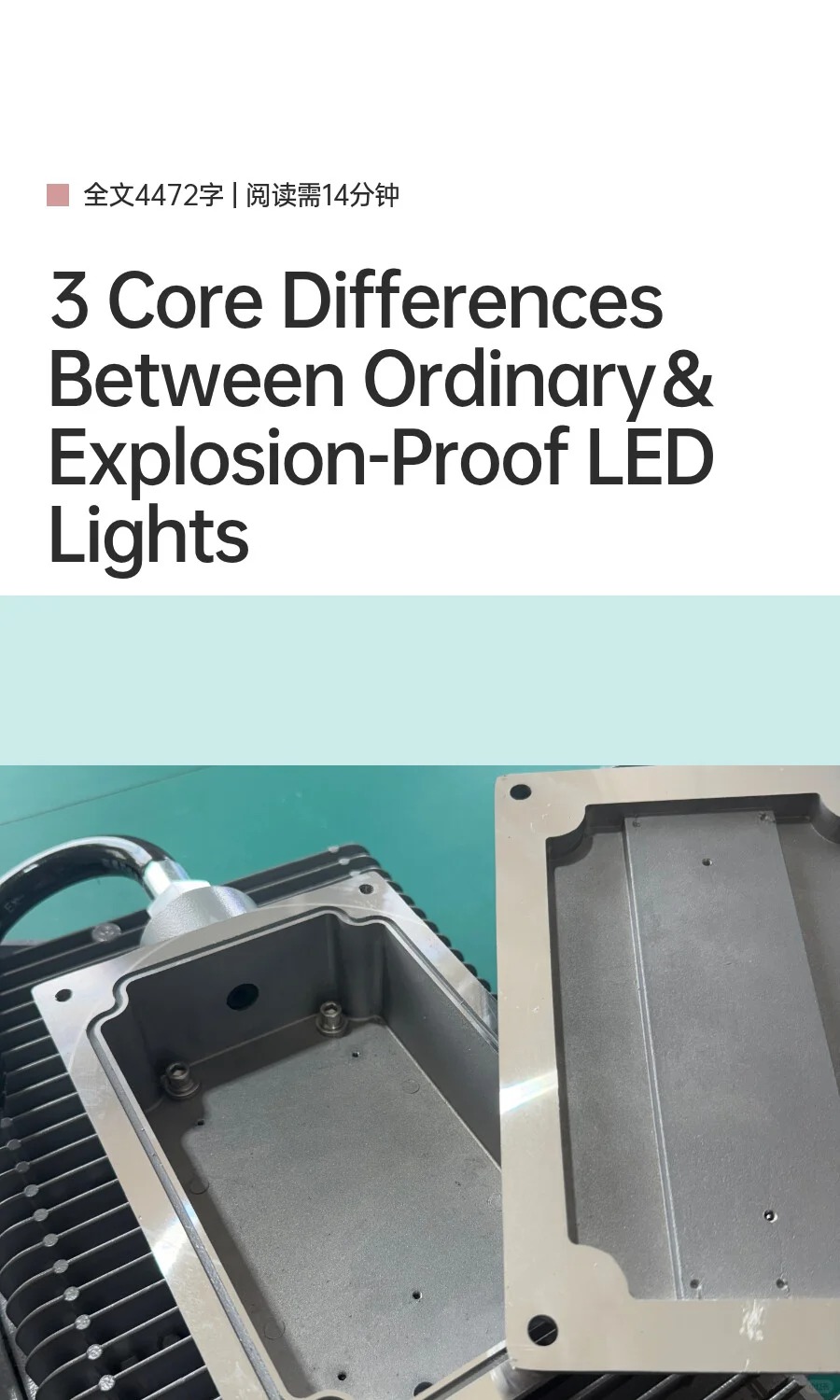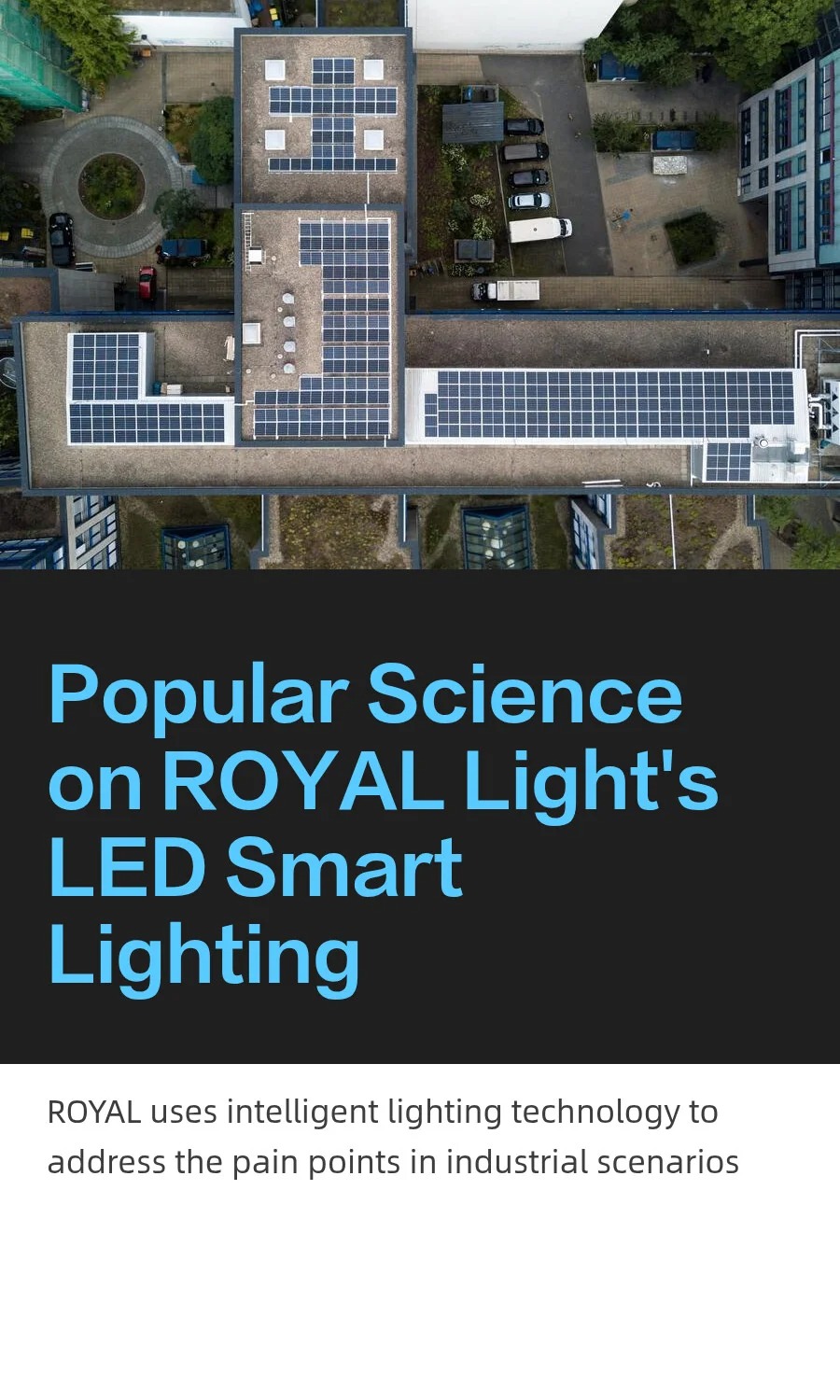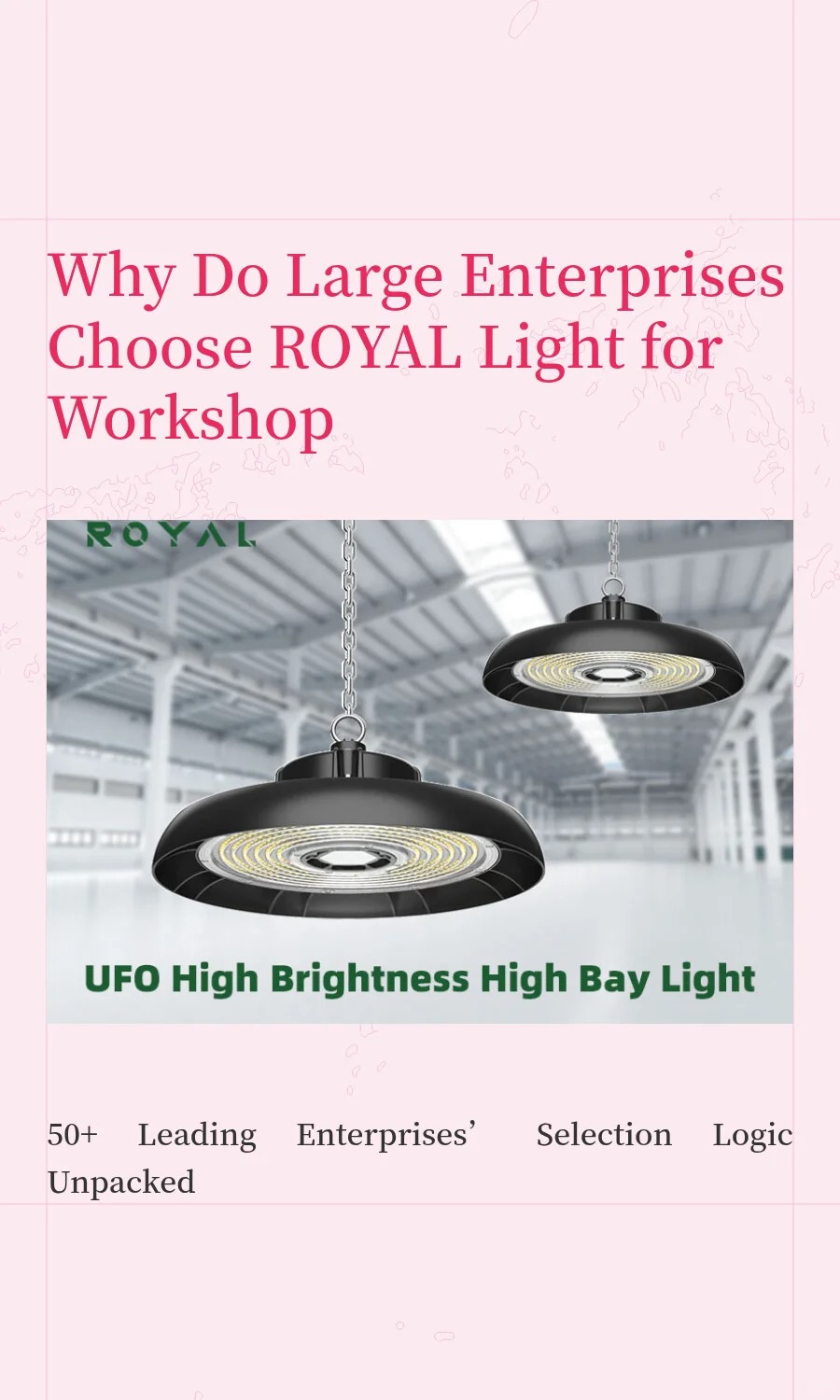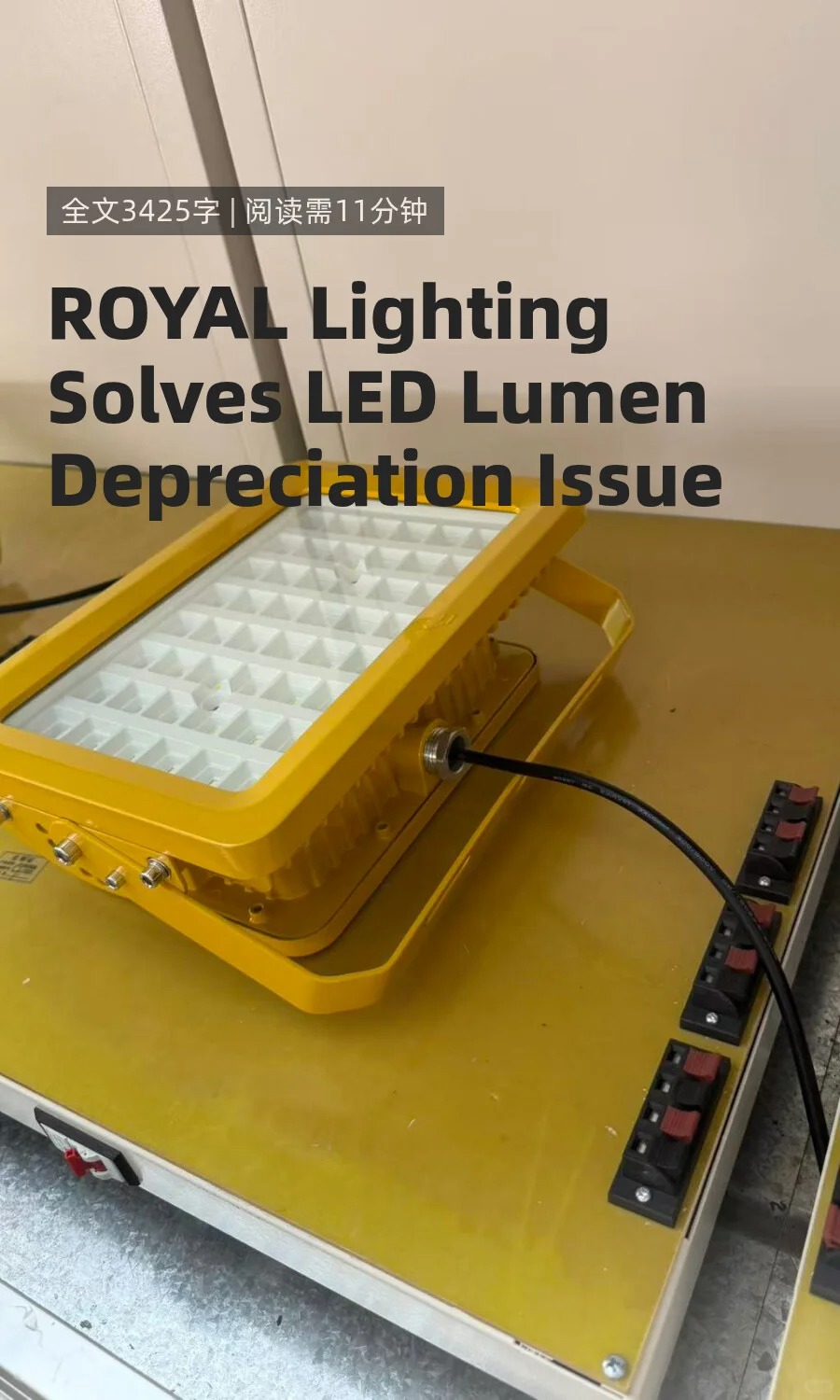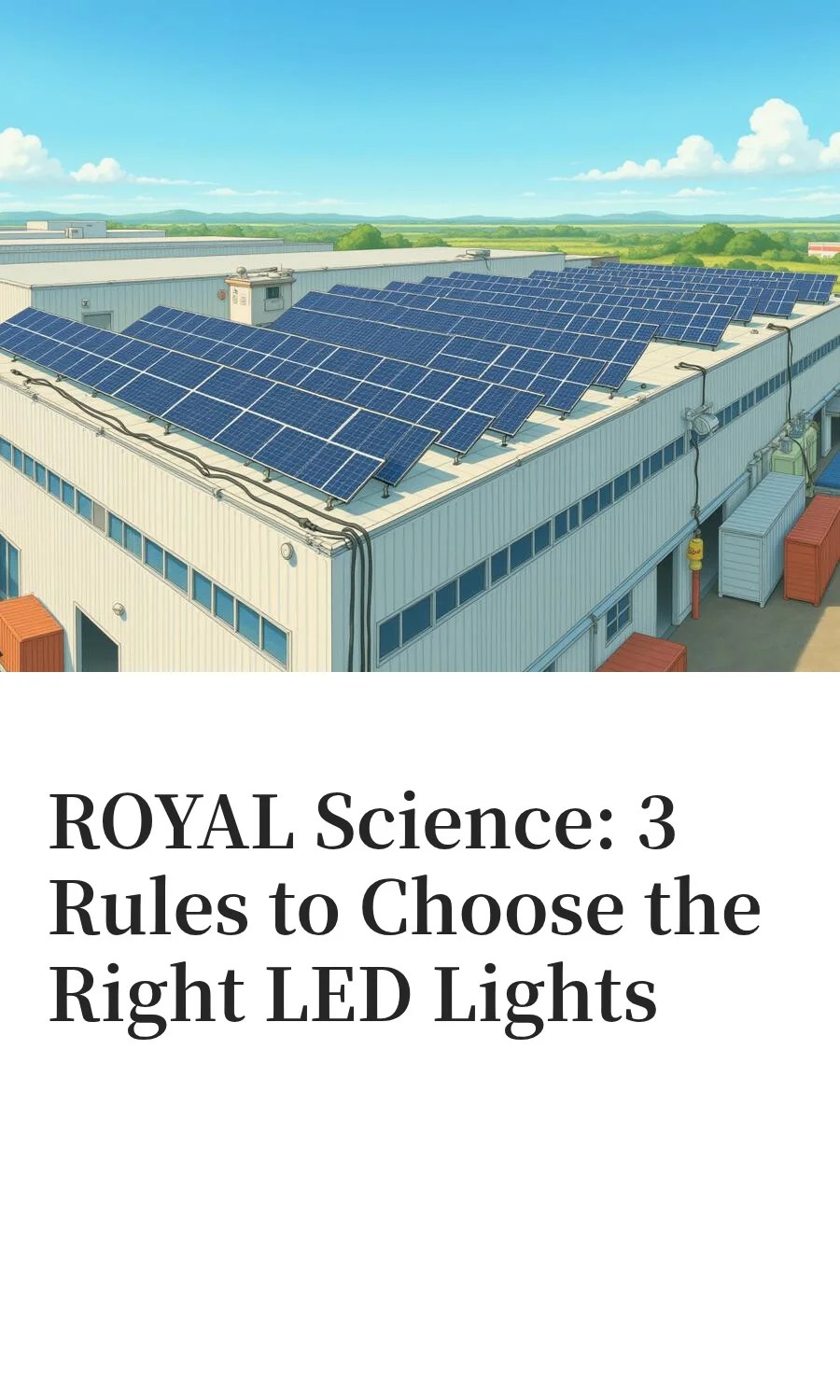Why Does Industrial Lighting Keep "Dropping the Ball"? From Scientific Principles to Practical Applications, Rongya Lighting Solves Scene Challenges
In factories, the "reliability" of a light often matters more than its price. Inspectors misreading part sizes because of flickering lights, warehouses halting work for half a day due to frequent bulb replacements, or explosion-proof area lights failing fire safety checks for non-compliance... These seemingly accidental issues actually hide the "scientific code" of industrial lighting. Why do ordinary lights frequently "fail" in industrial settings? And what principles should professional solutions follow? As a brand specializing in industrial lighting, Rongya Lighting’s practices may offer answers.
In flour mills, coal mines, and building material workshops, the air is filled with fine dust. Once this dust seeps into lights, it can cover circuit boards, corrode components, and at best dim the light, or at worst cause short circuits and burnout. The "simple sealing" of ordinary household lights can’t withstand this – it’s not about "poor quality," but "choosing the wrong scene."
Scientifically, the core need for dusty environments lies in the "dust protection rating" (the first digit in the IP code). IP66 is the industrial "hard standard": the "6" means complete protection against dust intrusion, ensuring the interior remains clean even if the light operates long-term in high-dust conditions. Rongya Lighting’s industrial and mining lights are designed to this standard: their housing gaps are sealed with leak-proof plugs, keeping even fine dust out. A real-world test at a coal mine in Shanxi showed that after 2 years of use, when the light was disassembled, not a speck of dust was found on the circuit board – a testament to how high protection ratings adapt to dusty scenarios. This isn’t "luck," but the result of scientific design.
Forging workshops and glass factories often reach temperatures above 40℃, putting lights to a "heat test." LED chips have a critical trait: they "fear high temperatures." For every 10℃ increase in ambient temperature, their lifespan may halve, and lumen depreciation (brightness loss) accelerates. Ordinary lights with aluminum heat sinks struggle in sustained high heat, dimming quickly due to "heat buildup" or even failing entirely.
The key to solving high-temperature challenges lies in the "technological content" of heat-dissipating materials. Graphene has 10 times the thermal conductivity of copper, quickly drawing heat out of the light body – a "natural heat dissipation expert." Rongya Lighting’s custom lights for high-temperature scenes are equipped with graphene heat sinks, forming an "active cooling system." Records from a forging workshop show: operating continuously at 45℃ for 2 years, with only 7% lumen depreciation – far lower than the over 30% depreciation of ordinary lights. Behind this is material science’s precise response to high-temperature challenges.
In petrochemical plants and gas workshops, where flammable and explosive gases may exist, the "explosion-proof" requirement for lights is far more than just "a strong 外壳." A single spark from an internal short circuit, or a surface temperature exceeding the gas’s ignition point, could trigger an explosion. This is why "explosion-proof certification" is a "make-or-break" criterion in fire safety checks.
Internationally recognized ATEX and CE certifications essentially rigorously test a light’s "explosion-proof logic": for example, the flameproof structure must "contain" internal explosions to prevent flames from escaping; surface temperatures must stay below the ignition point of surrounding gases (e.g., below 28℃ for gasoline environments). Rongya Lighting’s ROF series explosion-proof lights not only hold these two certifications but also have their flameproof structures tested through 100,000 impact tests to ensure safety in extreme cases. A case in a petrochemical zone showed these lights "passed on the first try" during on-site inspections, avoiding the hassle of repeated rectifications – compliance is the "lifeline" of explosion-proof scenes.
The core logic of industrial lighting is to make lights "adapt to the scene," not force the scene to "accommodate the lights." Rongya Lighting’s practices confirm this: by analyzing the physical characteristics of different scenes (dust, high temperatures, flammability), and designing with scientific indicators like protection ratings, heat-dissipating materials, and explosion-proof certifications, they turn lights from "frequent troubles needing attention" into "unnoticeable backgrounds."
The books of a steel mill in Shandong tell the story: after switching to Rongya lights, they didn’t hire electricians for replacements for 3 years, saving 120,000 yuan in maintenance costs – equivalent to the cost of 2 new forklifts. A car parts factory saw its inspection rework rate drop by 20% after upgrading to brighter lights (from 280lux to 500lux). These changes reflect the upgrade of industrial lighting from "relying on experience" to "relying on science."
Perhaps good industrial lighting should be like this: it solves problems with professionalism, yet stays so low-key that you forget it exists – and this is the direction Rongya Lighting has been committed to for years.
